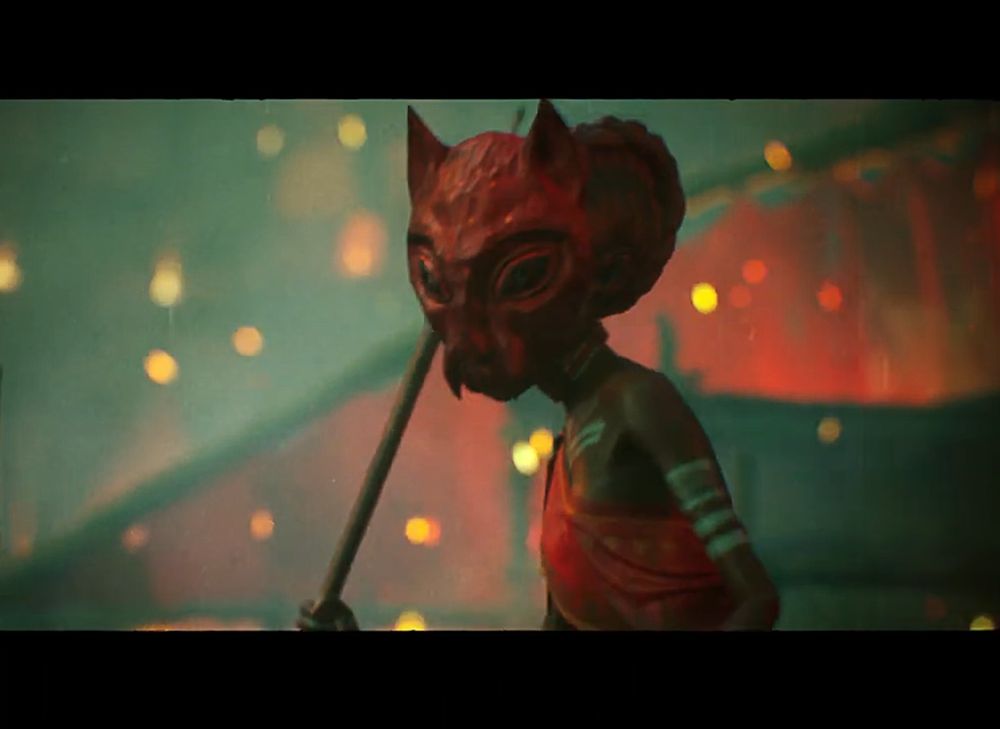
Marvelous Designer: Creating Immersive Worlds with Half M.T. Studios
This article explores how Half M.T. Studios incorporated Marvelous Designer into their production pipeline, their challenges, and the benefits of using this powerful tool.

This article explores how Half M.T. Studios incorporated Marvelous Designer into their production pipeline, their challenges, and the benefits of using this powerful tool.
Join the Marvelous Designer team as they chat with two VFX industry veterans who have now turned their attention to creating and telling their own stories. In their latest short animated film, “The Voice in the Hollow,” they utilized Marvelous Designer to create unique clothing for each character and detailed background elements that set the scene and mood. The clothing designs and cloth simulations were essential in creating a more immersive experience and establishing a deeper connection between the viewers and the characters.
This article will explore how Half M.T. Studios incorporated Marvelous Designer into their production pipeline, their challenges, and the benefits of using this powerful tool.
Half M.T. Studios is a collaborative effort between us: Miguel and Tran. We both have a background in the VFX industry and have been working together for a long time. We are now focusing on creating and telling our own stories. The name “Half M.T.” plays on our initials while nodding to our occasional pessimism.
“The Voice in the Hollow” represents our studio’s creative direction. It may appear different from our previous works, but that may be because the medium is animation. However, it’s just a natural progression of our tastes and sensibilities.
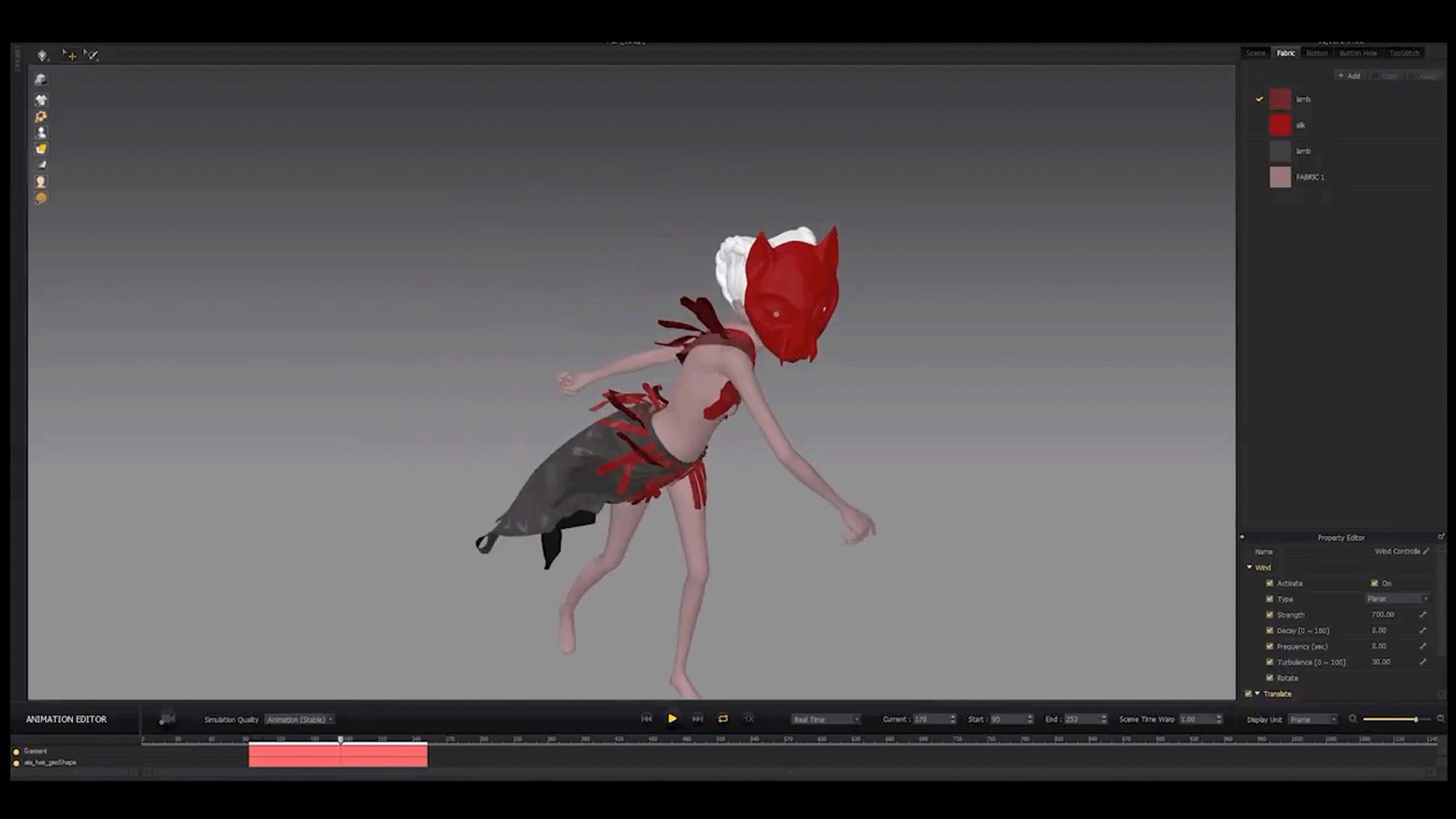
We use Marvelous Designer from the initial concept stage to the final product in the film. We treat Marvelous like a sketch pad, allowing us to test our ideas. For example, in “The Voice in the Hollow,” we aimed to create a sense of loose and flowing fabric, which we achieved by adding strips of fabric along with the skirts. This approach helped us enhance the film’s desired look and feel, creating a more natural and dynamic effect.
Clothing design can be a powerful tool for conveying a character’s personality and life story. For example, in “The Voice in the Hollow,” we chose not to include any animal skins in Coa’s wardrobe because she hasn’t successfully hunted anything. Simultaneously, Ala makes her clothing from animal skins she collects as trophies from her kills. The story might not explicitly explain these subtle details, but viewers can intuitively pick up on them, which adds another layer of depth to the characters. As for cloth simulations, they play an essential role in making the world feel more relatable and dynamic.
By incorporating realistic fabric movement, we can create a more immersive experience.
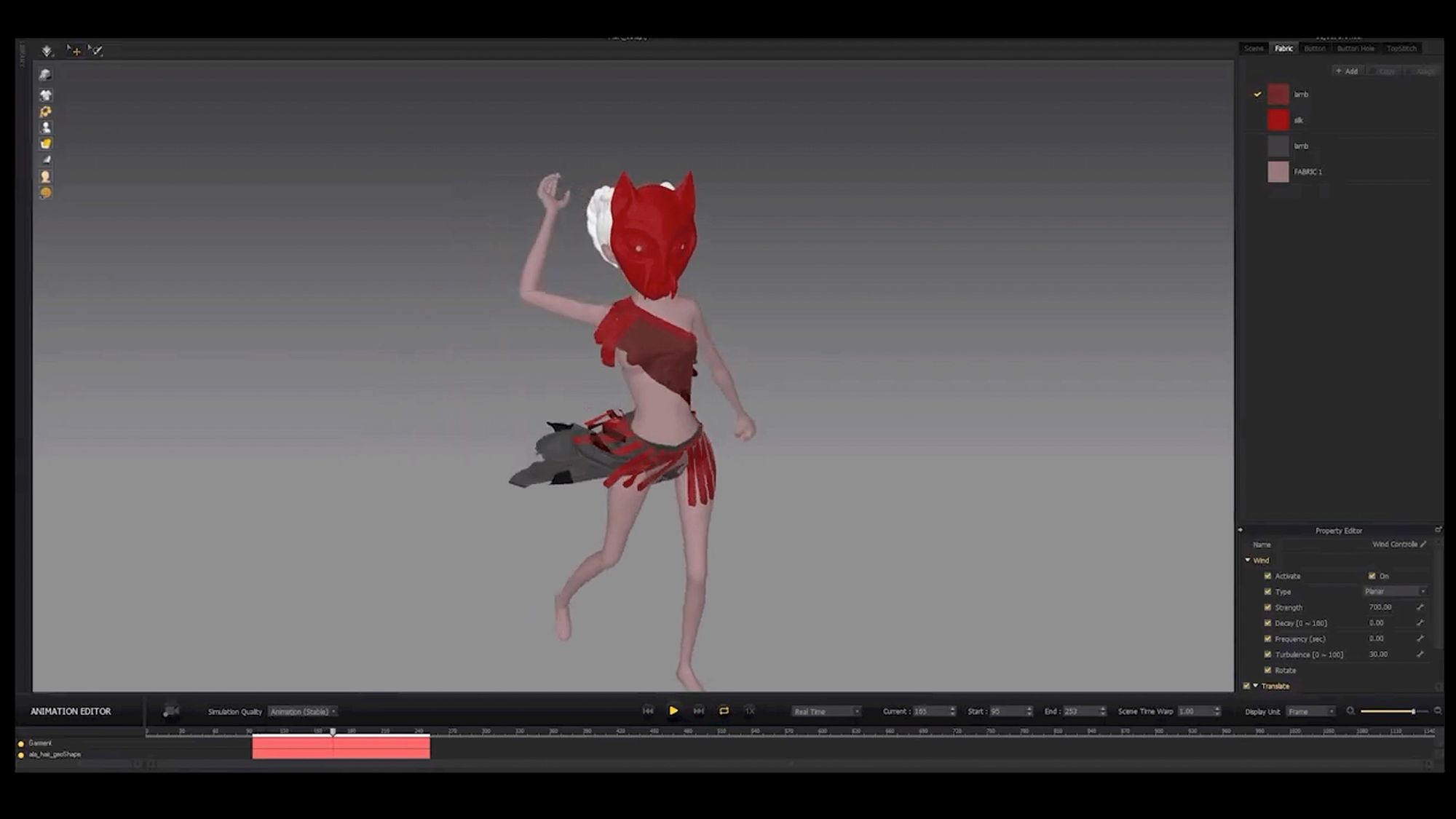
On a technical level, Marvelous Designer is a user-friendly software that can be easily learned. The only real challenge is wrapping your head around the clothing patterns if this is the first time you've dabbled in that area. Most people just throw on clothes without considering how they put them together. But if you want to get the most out of Marvelous Designer, you'll need to understand how clothing patterns work. However, you don't need to be an expert at all.
As someone without experience making clothes in real life, I initially found Marvelous Designer intimidating. Yet, I quickly learned that it was simpler than I had originally thought, and it took me only a short time to understand the basic concepts. Most CG artists starting to use MD will probably feel the same way as I did, but I’m sure they will probably find it’s not so bad and enjoyable and rewarding.
Marvelous Designer was an absolute lifesaver for our film production. It was crucial in creating our characters and environments, especially regarding anything involving fabric. I don't think a single piece of clothing in our entire movie wasn't made using the software.
We wanted to add some visual interest and drama regarding our village scenes. Since most of these scenes were either nighttime or dimly lit, we decided to use cloth to create a backlit effect that would give our fabrics a beautiful glow and translucency. And thanks to Marvelous Designer, we could easily achieve the look we were going for.
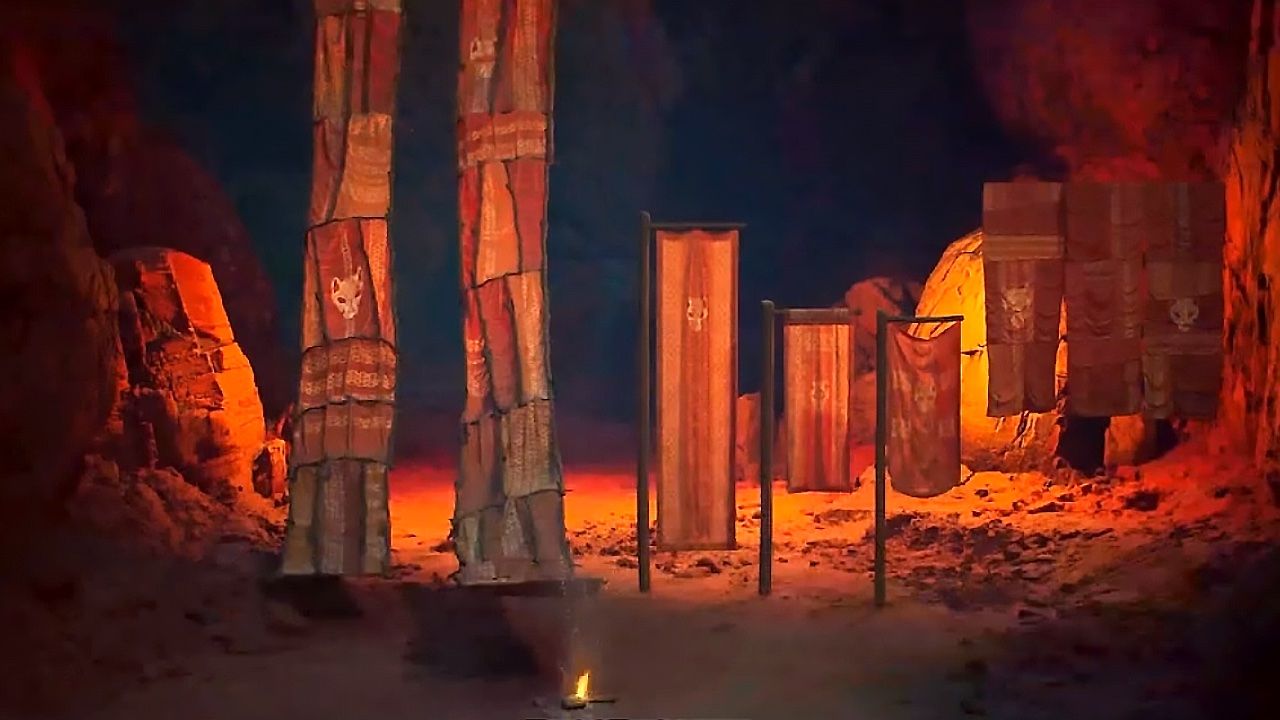
Fabrics played a vital role in our art direction, allowing us to incorporate colour and patterns into the environment.

In a dry desert, for example, there might only be sand and sky, but by using fabrics, we created pops of colour and visual interest that draw the eye. With this in mind, we utilised fabrics in various ways, including on the huts, flags, and drapes were seen throughout the film. Even the boats on the beach featured sails created through Marvelous Designer, which helped us to execute the desired color palette and enhance the overall look and feel of the film.

I think it’s the final sequence where the wind is blowing. The simulations turned out beautiful, and the story had a sense of drama and intensity.
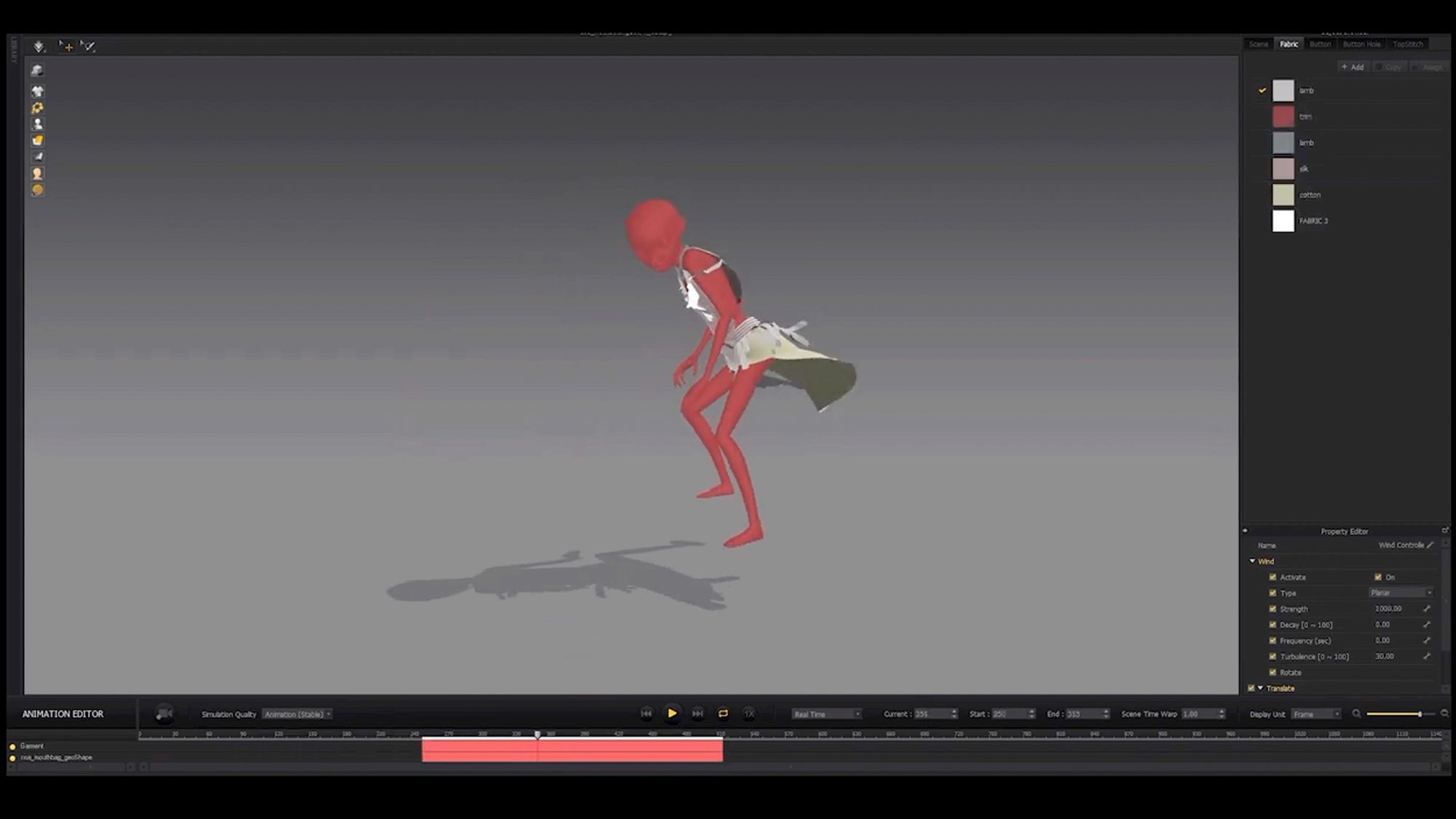

We didn't face any problems with the environment or background cloth, and the characters presented few issues. We ensured our clothing design for our characters was simulated well before finalizing the design, and surprisingly, the production was speedy and smooth. I was expecting more problems, not because of Marvelous, but because that’s how C.G. productions tend to go.
The issues we faced were tied to particular animations. For example, sometimes the in-between motion between keyframes meant the arm was inner penetrating the body itself. Those were trickier. Some of the fixes meant adjusting the animation or cutting off an arm.
Clothing design can tell a story about the character’s personality and life. Coa has no animal skins in her wardrobe because she hasn’t successfully hunted anything. Ala’s clothing comprises animal skins because those are trophies from her kills. We don’t explain that in the story. However, that’s something that a viewer may intuitively pick up on. As for cloth simulations, I think they are indispensable in making the world feel more relatable and Dynamic.

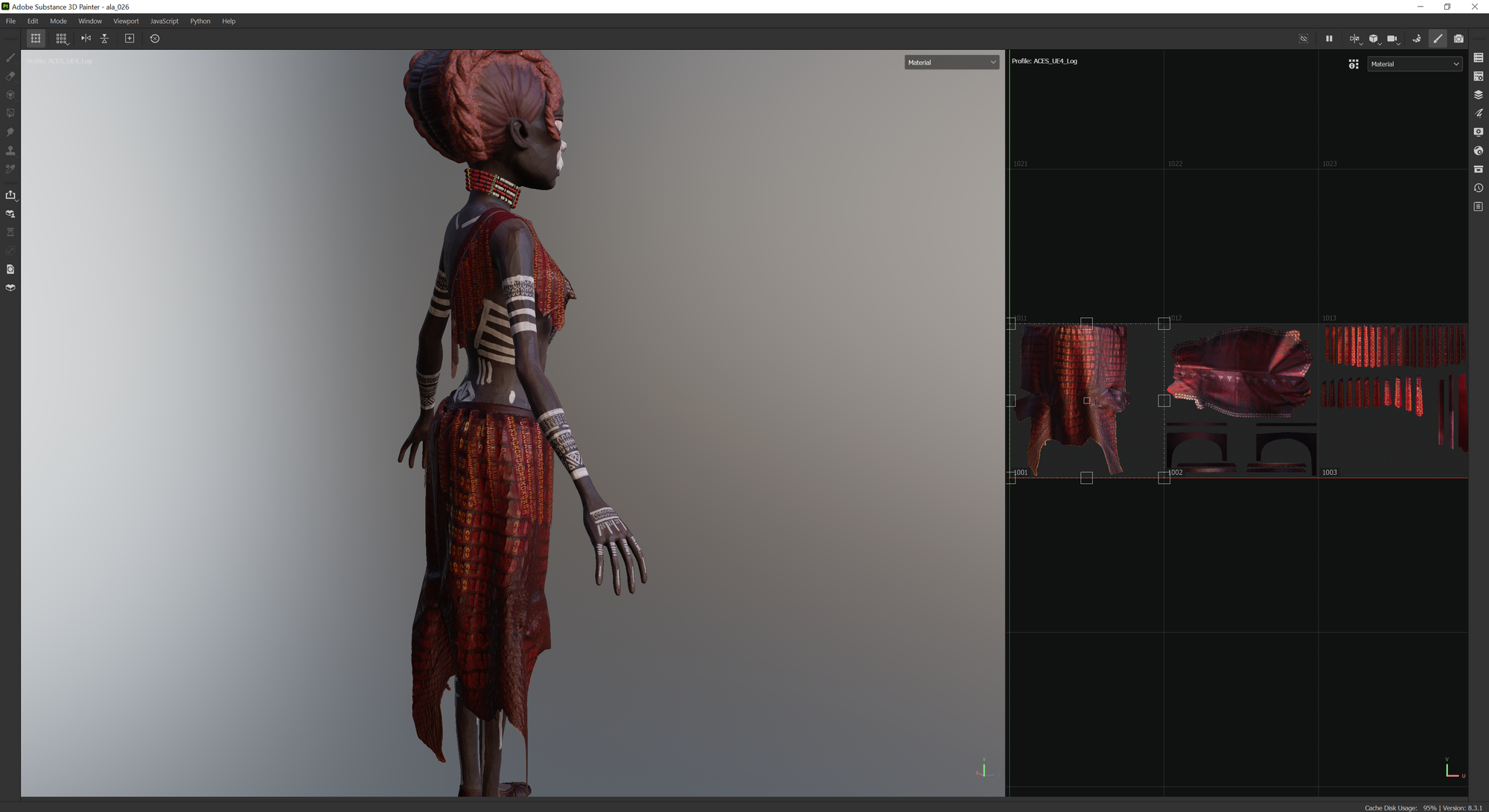
We loved the fact that we were able to use Marvelous to enhance the story. In the end, when the fight breaks out, the wind adds to the chaos of the whole thing. And we had the clothing blowing aggressively to add tension to that scene. Like Marvelous is literally playing a part in the storytelling… which is beyond just being a decorative thing.
I’m not sure, but I feel like you can’t live without it. In the old days of C.G., we just accepted that cloth didn’t move at all, or if it did, it looked terrible. Right now, cloth simulations look so real, and we expect it.
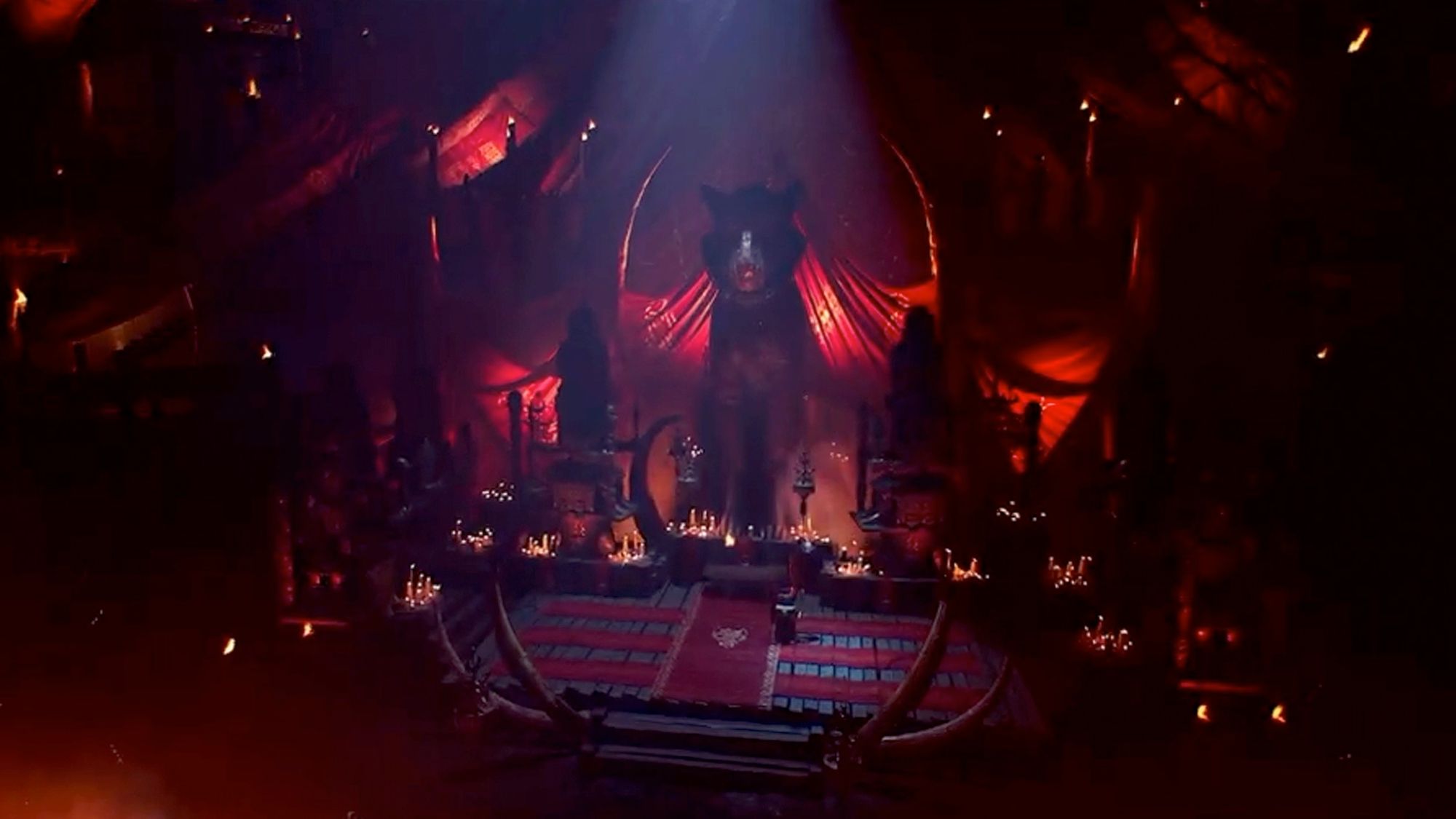

If you’re coming from a C.G. background, the most alien part is clothing patterns. You need to start small, like a T-shirt and simple pants. Then, gradually move to more complex pieces. Don’t start with a crazy Victorian dress; you can overwhelm yourself.
Our current project is heavily cloth-based. Our characters and the world are all cloth people, meaning they are literally made of fabric.
You can learn more about Half M.T. Studios and their amazing animation process on their YouTube channel, where they livestream the process of creating their latest animation.
Marvelous Designer’s cloth simulation is robust. It brings life to the characters and their environment. It is great for creating animated films and games. Marvelous Designer can be your best friend if you design clothes for an animated film or a digital fashion show. There are no limits to what you can do with versatile cloth simulations. You can add dynamic movements and even create realistic wind effects in your scenes.
The first step to using Marvelous Designer is to download it. You can find it on the web at marvelousdesigner.com. Get started with a free trial today. It may take a few minutes to figure out how to get started with the software, but you can create amazing simulations once you do. If you need help, check out this series of quick start tutorials on Marvelous Designer’s Youtube Channel, and join the user community on Discord who are always willing to help!